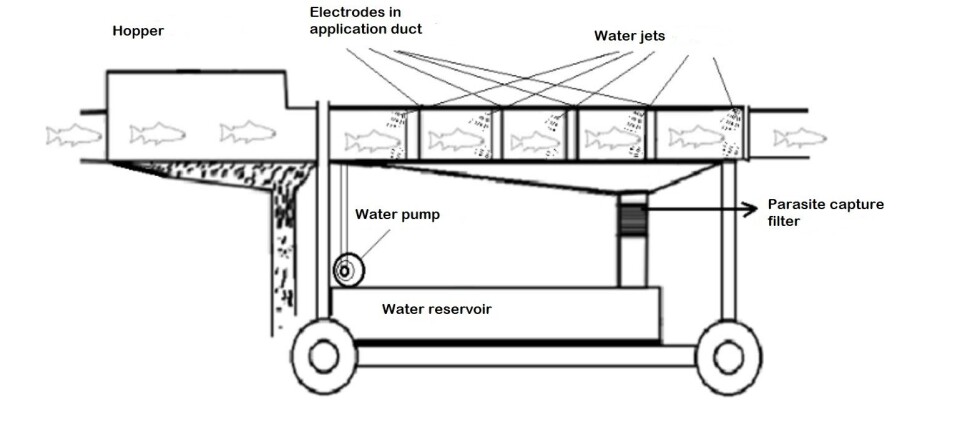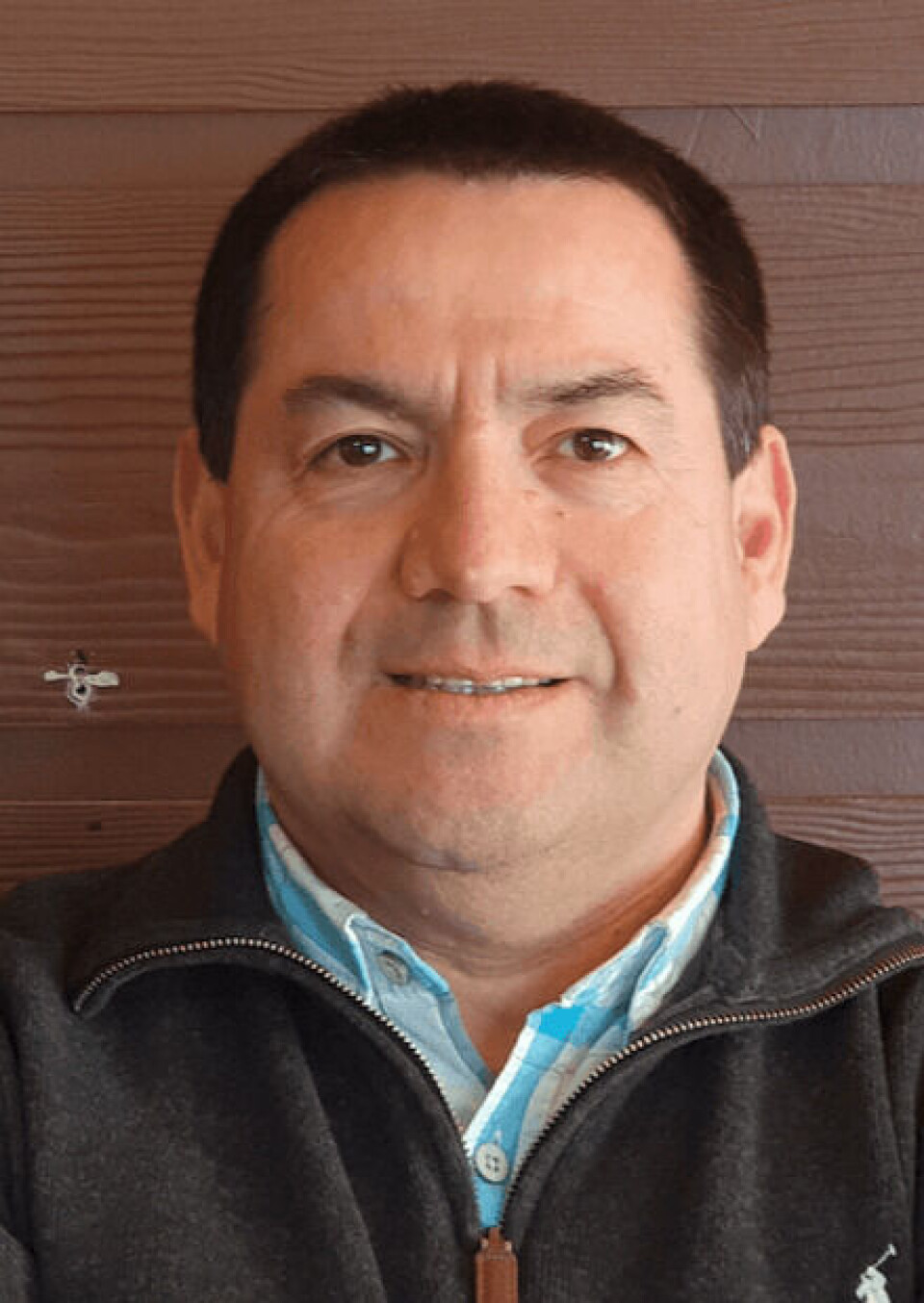
Chile: Electric shock tactics used in battle against lice
A Chilean technology company has created a delousing system that uses electric current to loosen lice off farmed salmon. It estimates a reduction of 30% in the costs associated with treatments.
Indesol’s “Shock out” system uses a voltage range that paralyses lice but does not harm the fish.
Raúl Álvarez, general manager of the company, told Fish Farming Expert’s Chilean sister site, Salmonexpert.cl, that the idea came years ago when they first tried to use electricity with the aim of killing the parasite, without success.

“However, thinking further about this idea, it occurred to me that I could use the same method but only to get the louse off the fish and then capture it in a filter for elimination, without possibility of return to the environment,” he said.
Current intensity
Indesol won financial support of 25 million pesos (£28,800) - 75% of the cost of the project - from a regional entrepreneurial support programme and began work.
“In January of this year, we began the construction of the prototype for the realisation of tests with the application of electricity in lice and fish in order to achieve our objective,” explained Álvarez.
“We tested the voltage and current intensity only in parasites first with favourable results in ranges that do not harm the fish. Once the effects on the lice had been checked, we continued with the tests on fish farms, obtaining the expected results, meaning that the parasite is released without damaging or affecting the fish.”
With the validation of their results, the Indesol team began construction of the first device, which they expect to finish by the end of June.
How does it work?
The fish are pumped from the cages through a channel in which a low-intensity electric shock is applied to them to paralyse the lice. Water jets wash the lice off the fish and into a collector.
Alvarez said: “The speed of treatment of the system is five fish per second approximately, but if you want to increase this frequency, you can extend the application channel”.
The equipment works between 12-30 V and 50 mA, which varies depending on the conditions and size of the fish under treatment.

Advantage
Indesol intends its delouser to be a versatile device that adapts to the client’s requirements. For that reason, the firm has already designed two variants of the first system by adding two inputs or two current application channels (see gallery at the end of the article).
The first prototype, which already has a pending patent application, will be ready by the end of this month and Indesol will then perform more practical tests in the field to continue gathering information. So far, the company has had the support of Mowi Chile and Marine Farm.
Indesol commercial manager Roxana De La Peña said that when the validation stage in the field is finished, the company will begin with the dissemination of the results and sale of the product.
“First we want to make known the experience and the results obtained in the field. Our business idea is that companies, instead of buying a drug, will rent the equipment,” she explained.
The portable device can be positioned on the gangway between the square steel cages often used in Chile.
“Our comparative advantages are that companies will not need to apply oxygen, more people or a wellboat for its application. In addition, it is a non-polluting method. We estimate that companies will have a reduction in costs of 30%,” concluded De La Peña.




















































